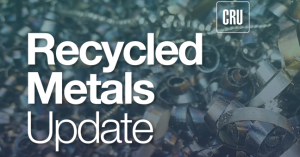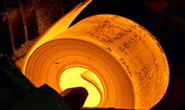SDI still bullish on Sinton and a steel-short Mexico
Steel Dynamics Inc. executives provided further insight into operations at the company’s Sinton, Texas, flat-rolled steel mill on a second-quarter earnings conference call on Thursday morning. Despite a series of start-up woes, the company recently commissioned two new coating lines there, and the mill continues to ramp up production. The execs were also bullish on […]









